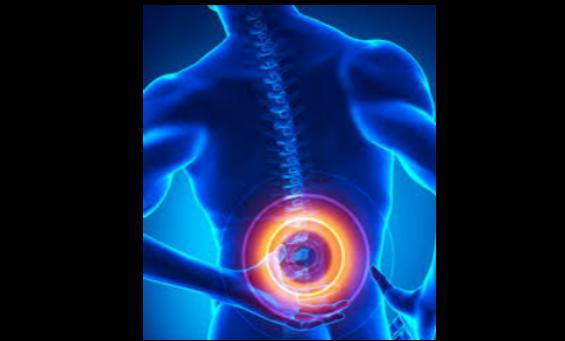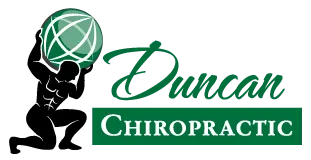
Spinal Stenosis is a condition that occurs when the small spinal canal, which contains the nerve roots and spinal cord, becomes compressed. This can cause many symptoms that are painful and can be debilitating. Chiropractors are trained in treating spinal stenosis and helping alleviate pain from its symptoms. Usually this occurs from aging and “wear and tear” arthritis; however it can affect anyone and can even be brought on from a previous injury. Symptoms of spinal stenosis include:
- Pain while walking, especially in the legs
- Tingling sensations in the legs, arms, or throughout the entire body
- Pain in the neck
- Bladder and bowel changes (A frequency change in either)
- Leaning forward without realizing during standing or daily activities. Patients often do
this unconsciously because it helps relieve the pain symptoms - Waves of pain that can be intense for a few hours or last up to a few days
- Arthritis
- Changes in posture
- Difficulty standing up and keeping a straight back, especially when going from a seated
to standing position - Pain in the buttocks down the legs
While living with spinal stenosis can be difficult, there are options to help ease these symptoms and the pain associated with them. Staying active and doing physical therapy are great ways to help alleviate pain and symptoms. The most important thing you want to keep up with is exercising (once it’s been cleared by your doctor), at least three times a week for about thirty minutes each time. Begin slowly, with forward bending stretches, and work your way up eventually leading to walking and swimming. Physical therapy can help strengthen your muscles and keep your spinal cord as straight as possible to reduce pressure. Keep in mind that there are varying degrees of spinal stenosis, and for less severe cases, chiropractic care can help alleviate these symptoms, and in some more severe cases, a surgical consultation may be appropriate. Some of the best exercises you can do to help with pain are the following:
- Back flexion: Lie on your back and gently pull the knees to the chest until a comfortable
stretch is felt. After 30 seconds, slowly return to starting position. Aim to complete 4 to 6
repetitions of this flex - Child’s pose: Get down on the hands and knees, then sit back on the heels. Spread the knees
comfortably apart and bend forward so the head is resting on the floor and the arms are
outstretched in front of it. After 30 seconds, slowly return to starting position. Aim to
complete 4 to 6 repetitions of this stretch. Do not bounce on the heels. - Pelvic tilt: Lie on the back with both knees bent and press the low back into the floor by
tightening the lower stomach muscles, pulling the navel in and toward the sternum. Hold for
10 seconds. Aim to complete 8 to 10 repetitions. - Hook-lying march: For a more advanced sciatica exercise, hold a pelvic tilt while marching in
place, slowly raising alternate legs 3 to 4 inches from the floor. Aim to march for 30 seconds.
Repeat for 1 or 2 more sets, with 30-second breaks in between repetitions. - Curl-ups: Lying on the back in a pelvic tilt, fold the arms across chest, then raise the head and
shoulders from the floor. Hold for 2 to 4 seconds, then slowly lower to starting position. As
strength builds, aim to complete 2 sets of 10 curls.
Some doctors will even prescribe medications to help with inflammation and pain. Aspirin is a great over-the-counter medication to help with the pain—but make sure you clear that with your doctor, too! Along with prescription medications, you can also seek out oils and herbs to use for pain treatment. Acupuncture and massage therapy is another great alternative to help alleviate symptoms. Be sure to recognize triggers that cause flareups and reduce activities that can lead to flareups.
Once you have recognized your triggers it is best to avoid those situations as much as possible. It is also recommended to avoid lifting heavy objects and walking long distances. For best results, consult your local chiropractor and let them create a personal plan for your body and its specific needs.
For a consultation to help with your spinal stenosis or chiropractic needs call Dr. Duncan today with Duncan Chiropractic.
